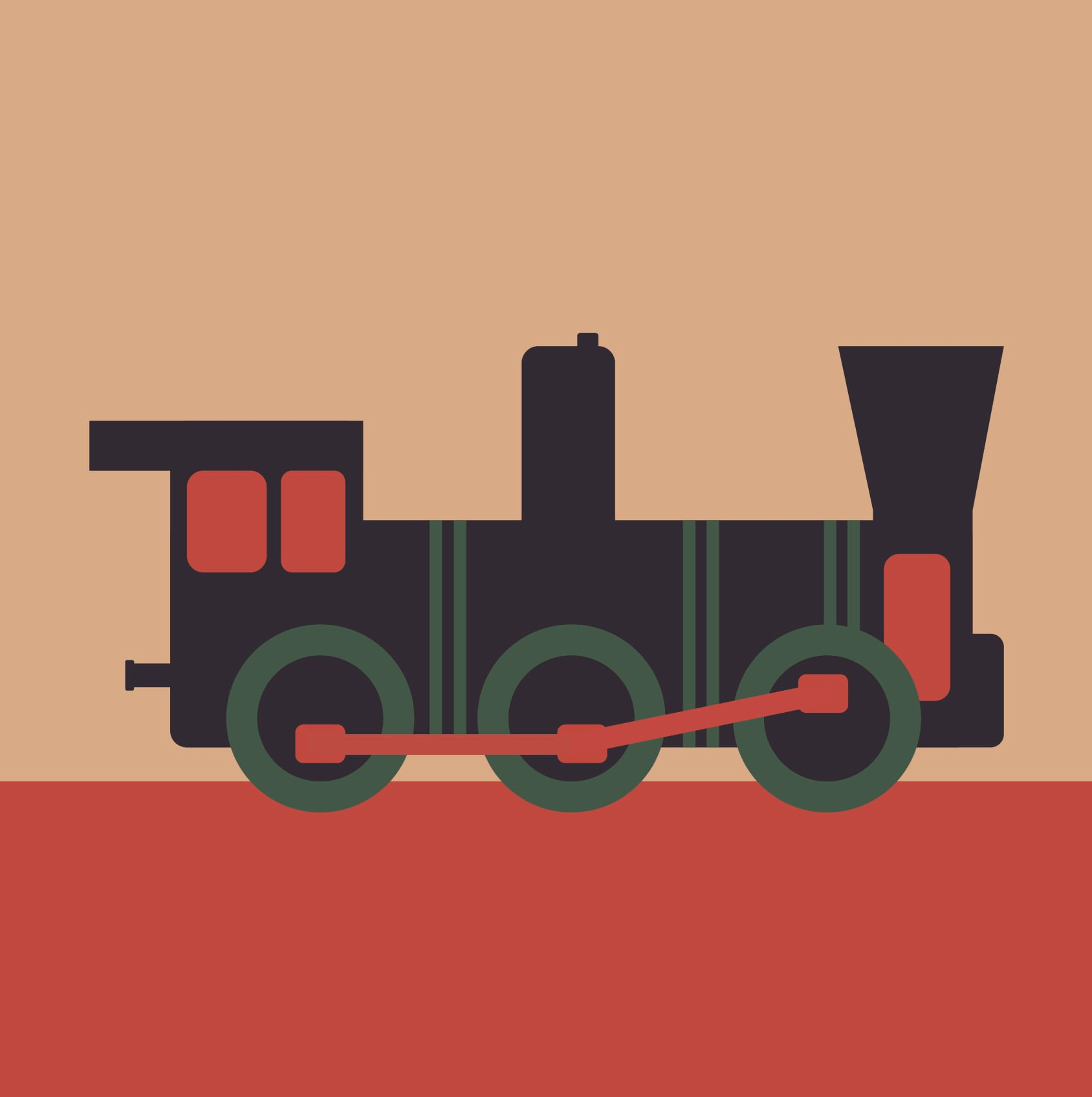On Saturday, July 11th, the Fourth Saxon State Exhibition called Boom will open to celebrate 500 years of Saxony’s industrial heritage. The substantial website allows you to also virtually enjoy Saxony’s amazing tribute to its high-quality global brands and industrial culture.
The southwestern region of Saxony was one of the first and most important centers of European industrialization. To this day, Saxons’ self-image still rests on the triad of natural beauty, cultural wealth and a broad industrial base. It is the success of these brands and Saxony’s entrepreneurialism that has allowed Saxony to build its extraordinary musical, artistic and architectural culture.
From July 11 to the end of this year, the Audi Building in Zwickau will host the central exhibition of the Fourth Saxon State Exhibition, Boom, while six other cities in the region will host additional and important parts of the exhibition, including the AutoBoom in the August Horch Museum in Zwickau; the Machine Boom in the Chemnitz Industrial Museum; the Railway Boom in the Chemnitz-Hilbersdorf Railway (outdoors); the Coal Boom in the Mining Museum in the Ore Mountains; the Textile Boom in the Cloth Factory in the Gebr Pfau Grimmitschau in Grimmitschau; and the Silver Boom in the Research and Teaching Mine in Freiberg.
These six topics are fleshed out in important locations where that “Boom” was most evident.
- Auto Boom. is located in the August Horch Museum in Zwickau, which is next to the central exhibition in the Audi Building. The Horch museum is where the first models from major global automotive brands, including Horch and Audi, rolled off the assembly and Zwickau later was the birthplace of the legendary Trabant. August Horch was the founder of the company that would become Audi.
- Machine Boom. is located in the Chemnitz Industrial Museum, where machines (such as the filigree clockwork at Glashütte to the high-tech machine center) have been designed and produced for more than 200 years.
- Railway Boom. is on the site of the Schauplatz Eisenbahn (Railway Museum Chemnitz-Hilbersdorf) where you can see the industrial networking of people, raw materials and products in an open-air museum between historic steam and diesel locomotives in the sooty atmosphere of a roundhouse.
- Coal Boom. is shown in the mining museum in Oelsnitz / Erzgebirg or the Ore Mountains where the coal industry, which was fundamental for the economic development of south-west Saxony, takes a look into the future of energy supply.
- Textile Boom. is located in the originally preserved cloth factory Gebr Pfau in Crimmitschau. The machines and looms, some of which are 100 years old, are presented in a factory that has not changed since the doors were closed.
- Silver Boom. is located in the research and teaching mine, Silver mine Freiberg, and provides deep insights into the history of ore mining and shows what role current scientific research plays in resource technologies.
In addition to these six geographic locations, the central exhibition in the Audi Building presents Saxony’s 500-year industrial booms in six time periods.It tells of an eventful history of the hard-working people of an early industrialized region with historical documents, objects, technical devices, photographs and through films and valuable works of art and spectacular media installations. The first period of the five hundred years of industrial culture was the Silver Rush (1470-1813) when the discover of silver in the Ore Mountains set off a clamor for mining not only of silver but also tin and copper. It was an unprecedented boom and attracted people from all over Europe. Augustus the Strong used this incredible wealth to build up the coffers of his state, buy art and collect treasures from around the world to build Dresden into one of Europe’s glittering capitals of art and architecture.
The second period from 1763 to 1914 was the emergence of the textile industry and mechanical engineering which drove development in Saxony and around the world. In 1914, Saxony was the most industrialized state in the entire German Reich. There was a third period from 1831 to 1914 when there was a rapid development in technology, science and machines. The fourth period from the eve of WWI to the end of WWII is marked by groundbreaking inventions and unprecedented, industrially shaped and organized violence.
The fifth period from 1945 to 1995 includes the industrial culture of East Germany and the Trabant is a symbol of the East German economic system. It
focuses on the working world and everyday life of people up to the political turn as well as the breaks and opportunities and structural changes that the fall of the wall brought about. The final period from 2020 to the future is all about what is to come and the future of technology in Saxony. Positive developments are emerging from Saxony’s keen entrepreneurial spirit, innovations based on research and knowledge and the ability to constantly change.
It is appropriate that the Saxon state has chosen the Audi Building in Zwickau as the place for the central exhibition as this was an assembly hall of Auto Union AG from 1938. The Auto Union was the coming together of four independent Saxon car manufacturers: Audi, DKW, Horch and Wanderer. Audi’s logo of four interlocking rings represents these original four members of the Auto Union. Audi is actually a Latin derivation of Horch’s name which means hark or Audi in Latin.
The Audi Building as well as the museum for Horch in Zwickau are a worthy one hour and fifteen-minute drive from Leipzig or Dresden. Even if you cannot visit in person in 2020, the museums in each of the towns will always be there and there is a book on the exhibition that you can order online.
Learn more about Boom here.






